Cats have long been regarded as one of the natural solutions to managing rodent populations. Their historical role as hunters and companions showcases their ability to keep infestations at bay, making them valuable allies in both urban and rural settings.
A Historical Perspective
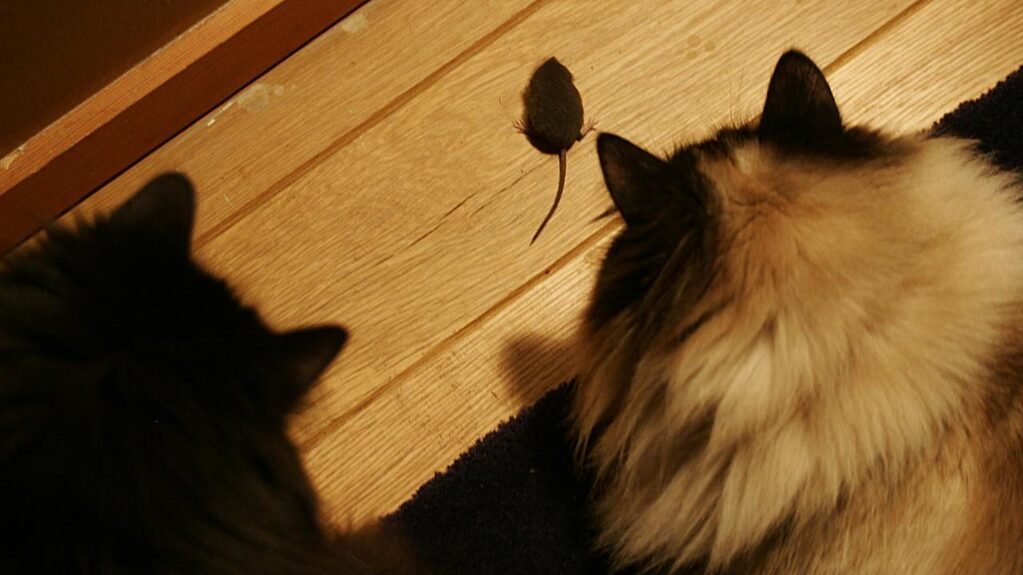
Cats were domesticated thousands of years ago, primarily for their hunting prowess. Ancient societies such as the Egyptians revered them for their ability to protect grain stores from rodents, thereby safeguarding their food supply. This historical partnership laid the foundation for the mutually beneficial relationship we see today.
Cats’ Natural Hunting Instincts
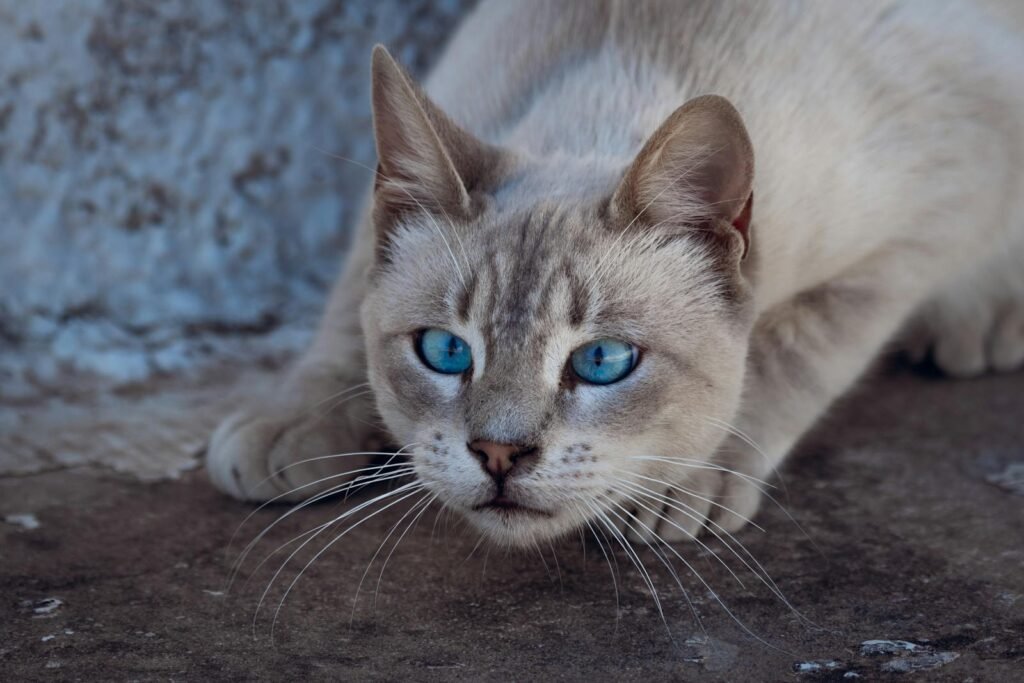
Cats possess innate hunting skills that make them effective at controlling rodent populations. Their stealth, agility, sharp senses, and retractable claws allow them to catch mice and rats efficiently. Even well-fed domestic cats may hunt rodents out of instinct, highlighting the powerful drive inherited from their wild ancestors.
The Impact of Cats on Rodent Populations
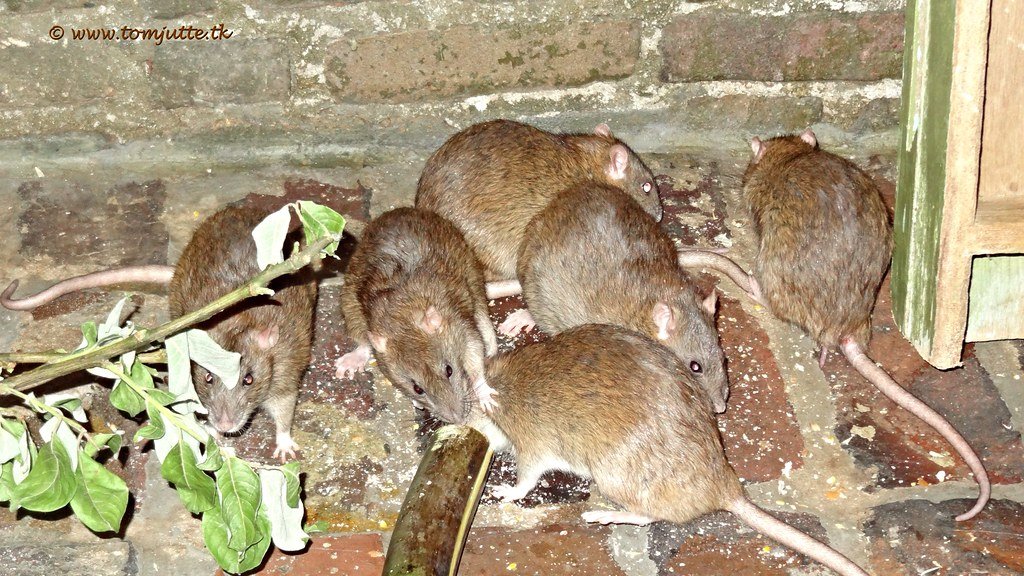
Research has shown that the presence of cats can lead to a significant reduction in rodent activity. Their mere scent and sounds can deter rodents from establishing nests, minimizing the risk of infestations. In environments where rodents are prevalent, having cats can contribute to maintaining ecological balance.
Urban and Rural Applications
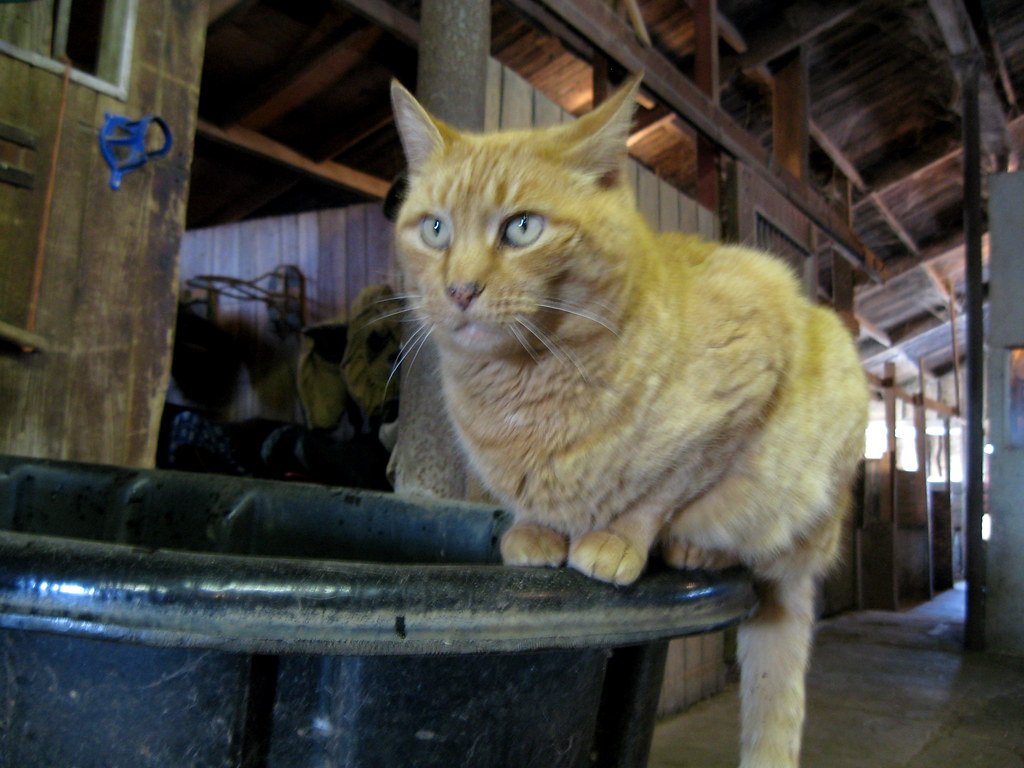
In urban areas, feral cat colonies have been advocated as a method to keep rat populations in check. In rural settings, barn cats are often employed to protect crops and livestock from rodent-related damages. Cats serve as an environmentally friendly alternative to chemical pest control methods in both contexts.
Ecological Considerations
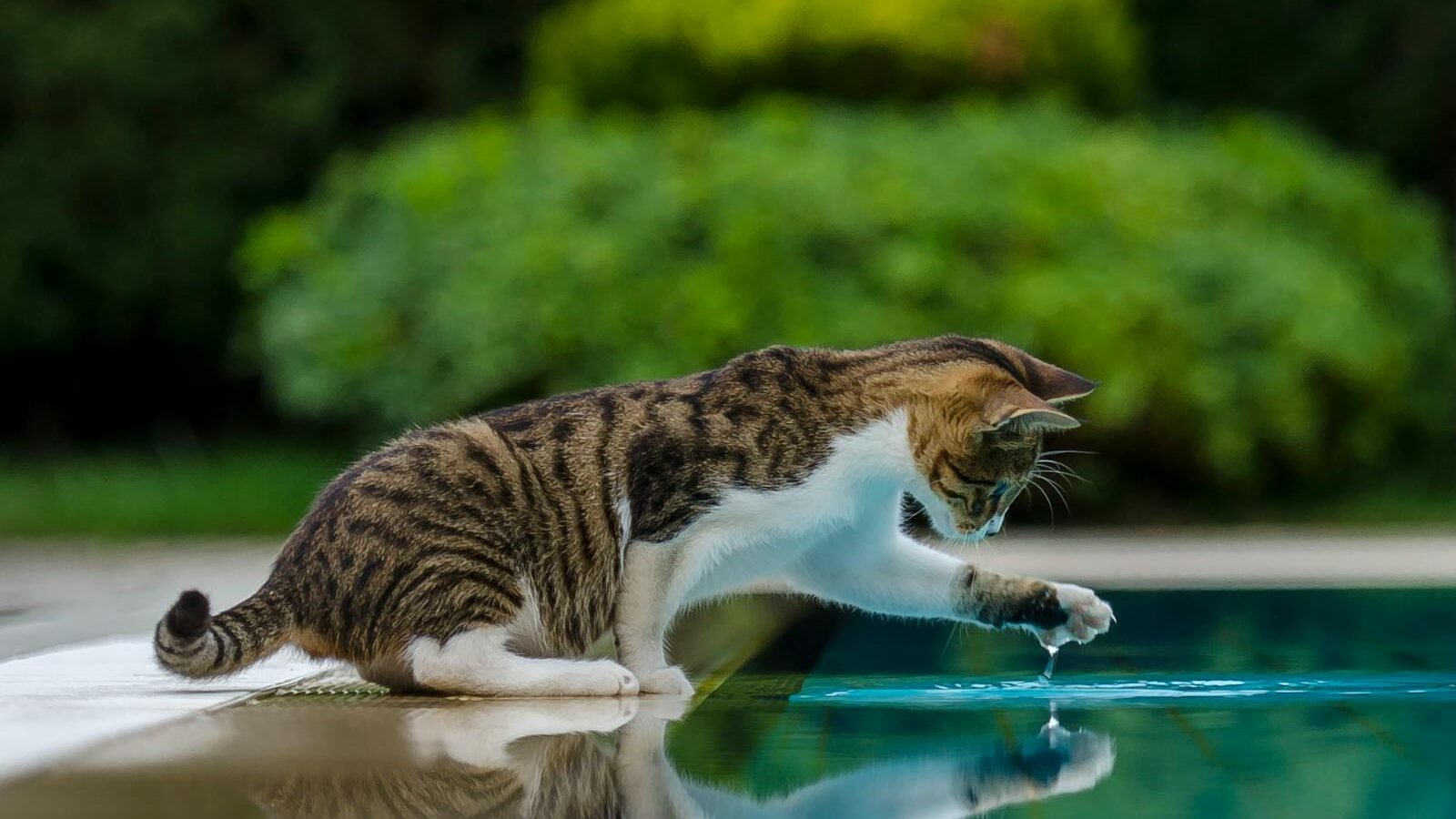
While cats are effective hunters, their impact on local ecosystems must be considered. In some environments, particularly where native wildlife is susceptible, cats can pose a threat to non-target species. Responsible management and monitoring can help mitigate these ecological concerns.
Alternatives to Chemical Pest Control

Cats offer a natural alternative to chemical rodenticides, which can have harmful effects on the environment and non-target species, including pets and humans. Using cats for rodent control aligns with the growing demand for sustainable and non-toxic pest management solutions.
The Limitations of Feline Rodent Control

Despite their effectiveness, cats alone may not completely eradicate rodent problems. Factors such as the size of the rodent population, availability of food sources, and nesting conditions can affect outcomes. Complementary pest control measures may be necessary for managing severe infestations.
Health Benefits for Humans and Pets
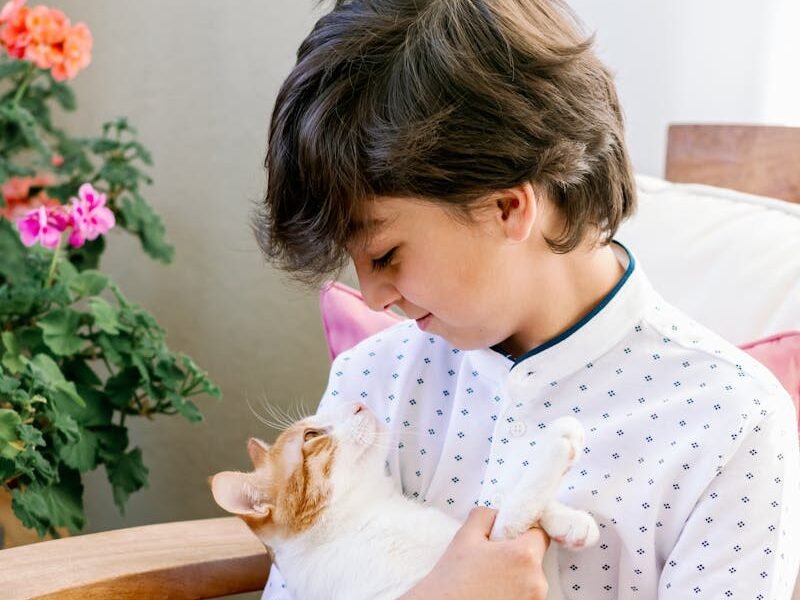
By controlling rodent populations, cats help reduce the risk of rodent-borne diseases, which can affect both humans and pets. Diseases such as hantavirus, leptospirosis, and rat-bite fever are transmitted by rodents, underscoring the health benefits of feline pest control.
Promoting Effective Cat-Rodent Dynamics
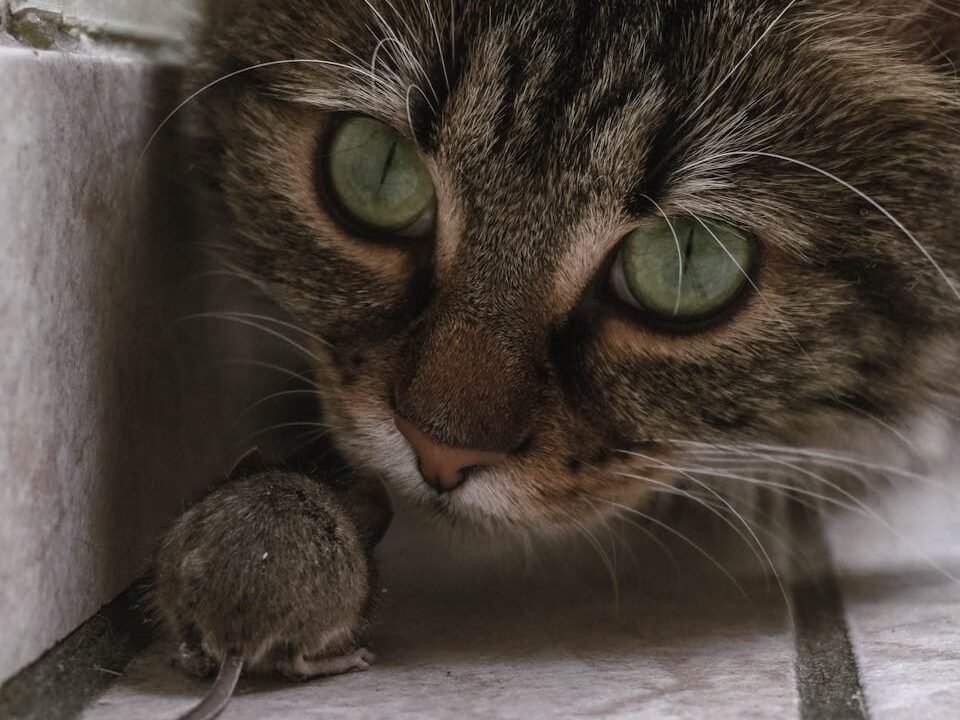
To maximize the benefits of cats in rodent control, proper care and management are essential. Ensuring that cats are healthy, vaccinated, and spayed or neutered will contribute to their effectiveness and well-being while preventing overpopulation.
Conclusion
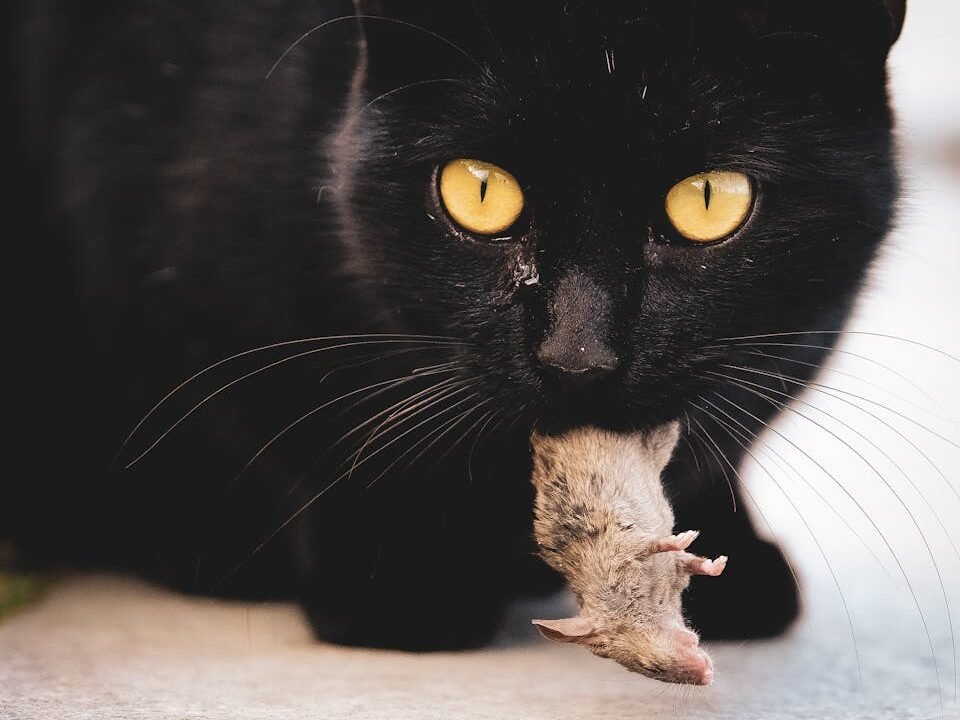
Cats play a crucial role in the control of rodent populations, offering a natural and sustainable method of pest management. By complementing modern pest control techniques with the natural hunting instincts of cats, we can achieve a balance between maintaining ecological integrity and protecting human interests.

With over a decade of experience as a dedicated cat lover and enthusiast, I specialize in writing captivating content about all things feline. My expertise shines through in creating engaging and informative pieces that resonate with fellow cat lovers. As a proud cat parent to my beloved Duston, my personal connection to the world of cats adds authenticity and warmth to my work, making it relatable and heartfelt.






